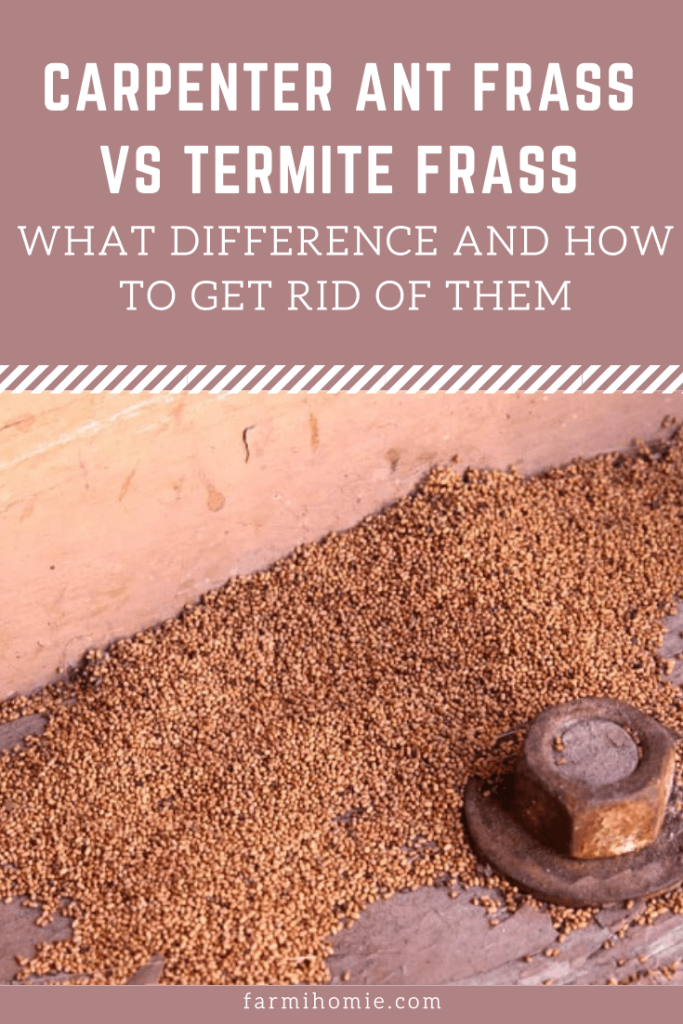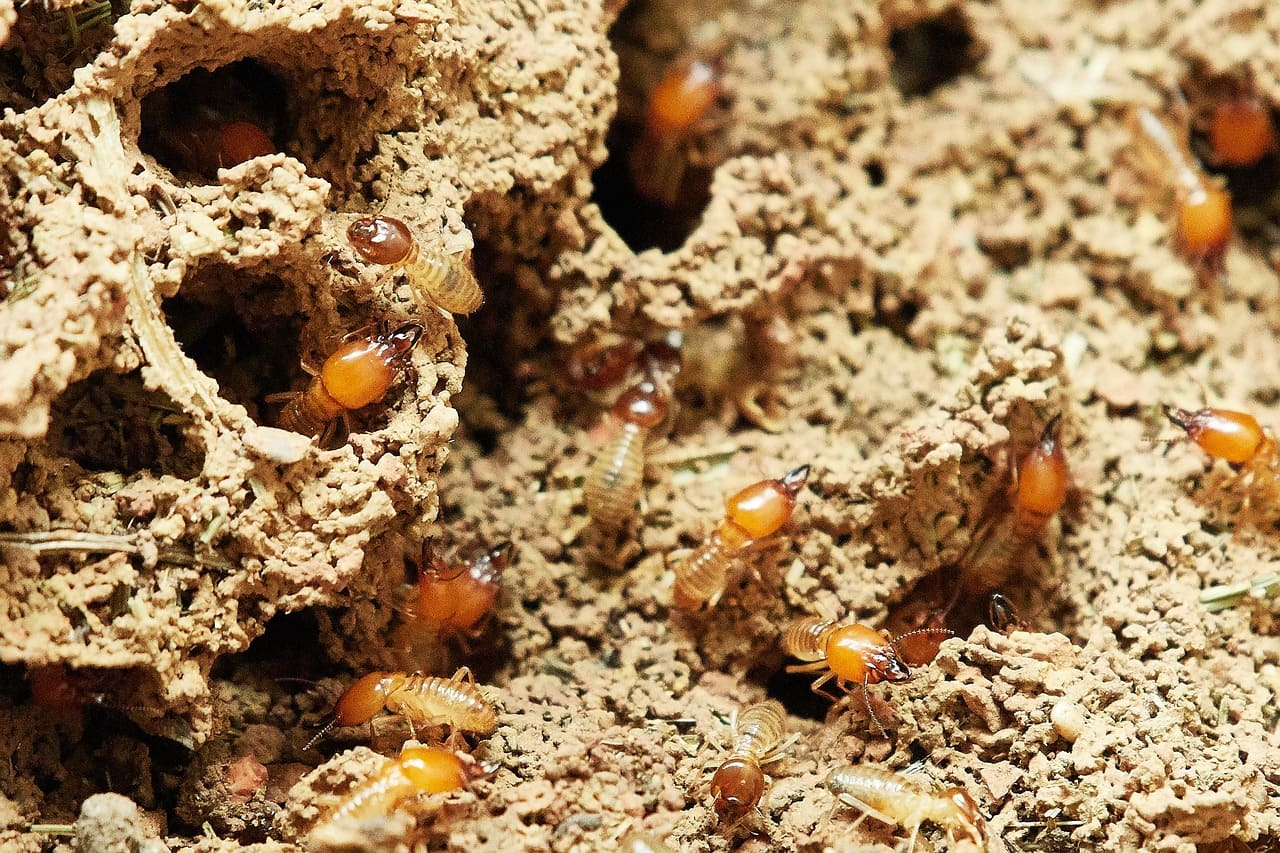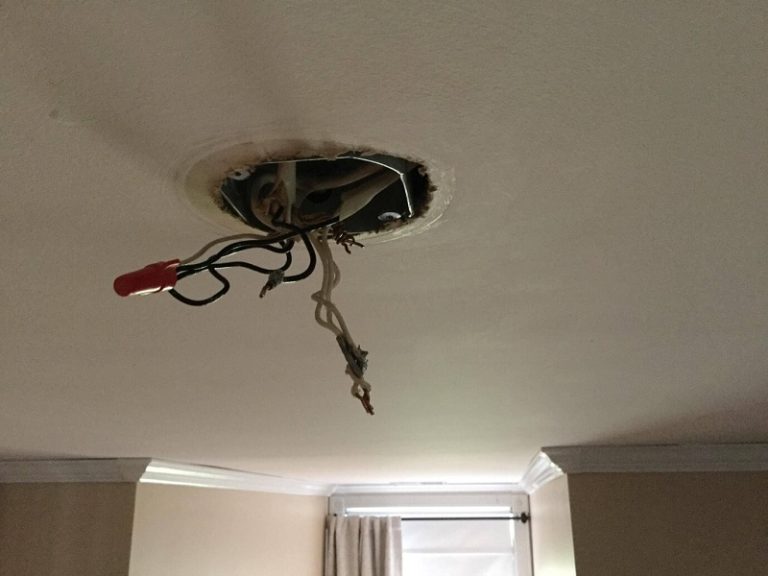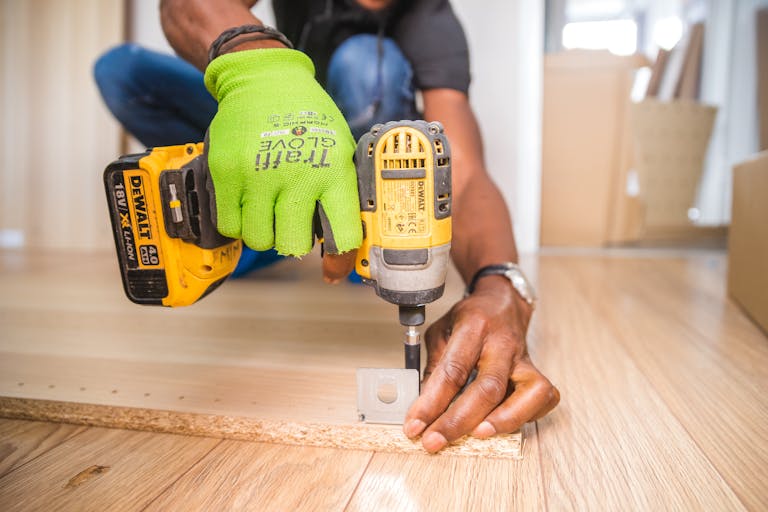Carpenter Ant Frass vs Termite Frass: What Difference and How to Get Rid of them
What’s bringing dirt into my house? Is it just plain old dirt on the floor and walls, or a tell-tale sign of a termite or carpenter ant infestation? If you’ve seen a “dirt pile,” or frass, on your window sills, basement wood beams, or near your baseboards, it’s time for a closer inspection. Termites damage up to 600,000 homes in the U.S. alone each year, and Americans spend over $1 billion on termite control and repairs each year. It’s a problem you can’t afford to ignore.
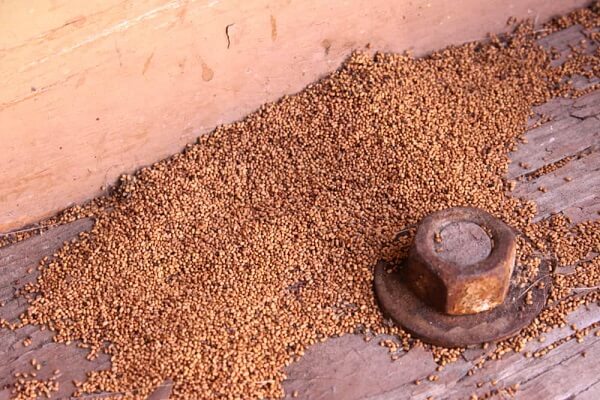
A simple moisture problem in your home can cause significant damage from carpenter ant colonies.
According to Rasoop, identifying possible signs of an infestation as early as possible potentially saves you thousands of dollars in damage.
So, you’ve seen some frass inside or outside your home. What’s next? In this article, we’ll compare carpenter ant frass vs termite frass to give you a better idea of what you could be dealing with and how to solve the problem.
Distinguishing Termite Frass from Carpenter Ant Activity
Termites are wood eaters, while carpenter ants don’t eat wood — they tunnel through wood to establish galleries for the colony. Since carpenter ants don’t eat wood, they often create kick-out holes to push out the frass or dirt that they create as they make tunnels.

While termites also create frass, their frass is excrement and not “sawdust,” as most people think. The tiny termite droppings you see are hard pellets that may vary in color, from tan to dark brown. Knowing the difference between carpenter ant frass vs termite frass is crucial to get rid of them. You should note, however, that you probably can’t take care of it alone — you need professional help and professional-grade pesticides for that.
If it’s termites causing the mess, you’re unlikely to see them — only their frass on wooden structures across your home. If you do see any, you’ll notice they have two body segments. Termite frass is uniformly shaped and sized. It’s often mistaken for dirt or sand.
On the other hand, carpenter ants have three body segments and are likely bringing the dirt piles you see into your home. You’re more likely to see them doing it, and the dirt will not have the same shape as termite pellets. They’re likely to be on the ground level around baseboards.
Termite Frass
In many cases, it’s hard to know if your home is currently experiencing a termite invasion. Termites stay inside wooden structures, which they simultaneously eat and use for shelter. It can take months or even years before signs become apparent. So, knowing how to identify their frass is necessary to confirm a termite infestation.
What Does Termite Frass Look Like?
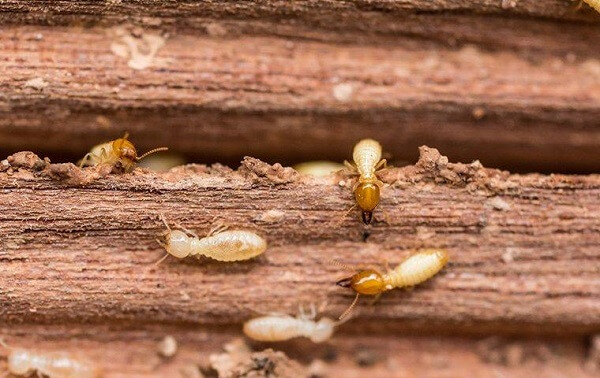
Termite frass or droppings resemble small, wood-colored pellets that look like pepper, dirt, or sawdust. As they drill holes inside of a structure, you’re also likely to see wood shavings. These termite exit holes are good indicators of termite presence and are usually accompanied by droppings and frass beneath them.
You’re likely to see termite frass in different places, such as:
- On the bed (a sign of infestation on the ceiling or roof above)
- On wooden window frames and sills
- Especially where you have cracks on the floor, (it may look like water damage)
- Underneath the carpet (watch out for holes in the carpet)
- On basement wood beams
When comparing carpenter ant frass vs termite frass, the main difference is that carpenter ants leave their frass around their colony nests’ openings, while termites often scatter their pellets. Ant frass tends to be larger and bulkier and may contain bits and pieces of other ants. Termite frass or droppings tend to be finer and more processed.
Carpenter Ant Frass
Carpenter ants often create tunnels in moist, decaying, and wet wood to expand their vast nests or establish a new colony. They start by digging extensive ant galleries for their colonies, which weaken lumber right from the inside. Ant frass is often the first sign of an infestation problem in a home and is most noticeable during a home renovation or remodeling.
What Does Carpenter Ant Frass Look Like?
When carpenter ants create tunnels into window frames or damp deck railings, they often create small open slits that end up appearing on the surface. They use these small holes to push the wood shavings and frass out of the tunnels, which forms a corn-shaped “dirt pile” beneath the infested wood.

Carpenter ant frass often include different materials like wood fragments, other insect or ant body parts, droppings, and soil or gravel particles. If you see any insect limbs within dirt-like frass, that indicates carpenter ants. You’re likely to find these ants in areas like:
- Moist wood and structures damaged by other insects
- Decaying wood on windows, door frames, and bath traps
- Chimneys, wall voids, and baseboards
- Sinks and other hollow spaces
Read more: What Are The Best Caulk For Windows?
If you still can’t differentiate carpenter ant frass vs termite frass, you need to look out for clear signs. Carpenter ants often give themselves away as they search for food, even in open spaces, such as your kitchen or other living spaces. Termites don’t come out to eat.
Frequently Asked Questions (FAQs)
- How do I tell if I have termites or carpenter ants?
To differentiate between the two, you should examine the hollowed-out wood and frass. Carpenter ants tend to clean and polish their wood tunnels, so they’ll appear smooth inside upon close inspection. Termite galleries contain large amounts of soil and mud.
- What is worse: termites or carpenter ants?
Both present a huge risk to your home and wooden structures. However, termites can cause significantly more damage considering they take longer to detect and are likely to have already caused damage by the time you see termite frass. It’s essential to learn how to control these pests.
- What attracts termites and carpenter ants to a home?
Conducive conditions like wood piles can attract termites, drawing them closer to your home. Mulch, clogged gutters, tree limbs, leaves, excess foliage, dead trees, and stumps also attract them. Poorly caulked walls and joints can also make it easier for termites to enter a house. Any moist or decaying wood in your home may also attract carpenter ants.

- How do I get rid of carpenter ants permanently?
You can use various safe home remedies, such as diluted vinegar, on surfaces to kill and repel them. Use the solution to clean floors and countertops. Ultimately, the best solution is always to consult a pest control expert to inspect the damage and get rid of the infestation.
- How do I get rid of termites?
Some of the best ways to get rid of termites include applying termite-killing products to your home’s exterior, setting up termite baits, applying direct chemicals inside your home, and spraying boric acid on your walls and floors. It’s advisable to get a professional inspection to help get rid of large infestations.
The Bottom Line
The appearance of either termite frass or carpenter ant frass in your home is cause for alarm. With our carpenter ant frass vs termite frass comparison above, you should now be able to differentiate between the two. Don’t hesitate to consult a pest control professional to help you eliminate any potential infestation.
